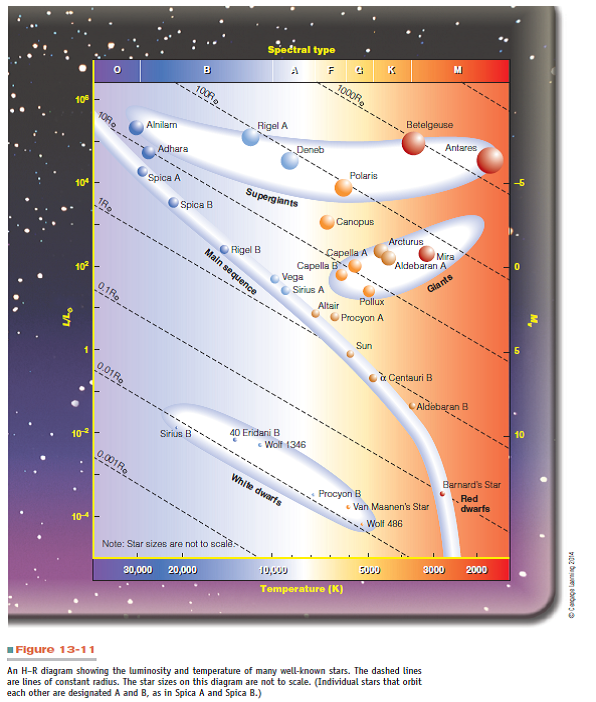

2019 Most of the stars in our galaxy, including the sun, are categorized as main sequence stars.Ĭatherine Zuckerman, National Geographic, 20 Mar. 2020 Along with main sequence and white dwarf stars, other groups include dwarfs, giants, and supergiants.Ĭatherine Zuckerman, National Geographic, 20 Mar. Jennifer Leman, Popular Mechanics, 17 Feb. Jennifer Leman, Popular Mechanics, 13 June 2020 Our sun, a yellow dwarf, is currently in the main sequence stage of its life.
MAIN SEQUENCE PLUS
This condition, plus hydrostatic equilibrium, give the. When the fusion luminosity is equal to the luminosity that can leak out, then the star is in steady state.
MAIN SEQUENCE HOW TO
Jennifer Leman, Popular Mechanics, 13 June 2020 There are many different types of main sequence stars. We understand now how to calculate the luminosity produced by fusion, in addition to understanding how luminous a star needs to be from energy transport. 2022 Stars spend a majority of their lives in the main sequence phase. 2022 In this case, the researchers propose looking at K-dwarfs (a set of relatively cold stars in the main sequence) that are local by astronomy standards.Ĭhris Lee, Ars Technica, 17 Jan. Sarah Kuta, Smithsonian Magazine, 25 Oct. A java based applet for stellar evolution.Recent Examples on the Web These types of stars, which are very common in the Milky Way and throughout the universe, are the dimmest and smallest of stars that fuse hydrogen into helium in their cores, known as main sequence stars.Table of Features of the "Life Zones" of Main Sequence Stars.London: Institute of Physics Publishing Ltd and Nature Publishing Group, 2001. "Stellar Masses." The Encyclopedia of Astronomy and Astrophysics. (Note: the following data are not in accord with the external link, and the luminosity per unit surface does not follow the law of being proportional to T 4.) The coloration of the stellar class column gives an approximate representation of the star's photographic color. The actual values for a star may vary by as much as 20-30%. The values of luminosity (L), radius (R), and mass (M) are relative to the Sun. The table below shows typical values for stars along the main sequence. After the hydrogen supply in the core is exhausted, it will expand to become a red giant. It has the spectral classification of G2 V. Übersetzung Englisch-Deutsch für main sequence im PONS Online-Wörterbuch nachschlagen Gratis Vokabeltrainer, Verbtabellen, Aussprachefunktion. Our Sun is a main-sequence star-it has been one for about 4.5 billion years and will continue to be one for another 4.5 billion years. Stars usually enter and leave the main sequence from about when they are born or when they are starting to die, respectively. This is a line calculated by computer models of where a star will be when it begins hydrogen fusion its brightness and surface temperature typically increase from this point with age. Actually, there are very metal-poor stars ( subdwarfs) that lie just below the main sequence although they are fusing hydrogen, thus marking the lower edge of the main sequence's fuzziness due to chemical composition.Īstronomers will sometimes refer to the " zero age main sequence", or ZAMS. Chemical composition and-related-its evolutionary status also move a star slightly on the main sequence, as do close companions, rotation, or magnetic fields, to name just a few.


There are many reasons for this fuzziness, the most important one still being observational uncertainties which mainly affect the distance of the star in question but range all the way to unresolved binary stars.īut even perfect observations would lead to a fuzzy main sequence, because mass is not a star's only parameter. This line is so pronounced because both the spectral type and the luminosity depend only on a star's mass (to zeroth order) as long as it is fusing hydrogen-and that is what almost all stars spend most of their "active" life doing.Īt closer inspection, one notices that the main sequence is not exactly a line but instead somewhat fuzzy. Stars on this band are known as main-sequence stars or dwarf stars. The main sequence of the Hertzsprung-Russell diagram is the curve along which the majority of stars are located.


 0 kommentar(er)
0 kommentar(er)
